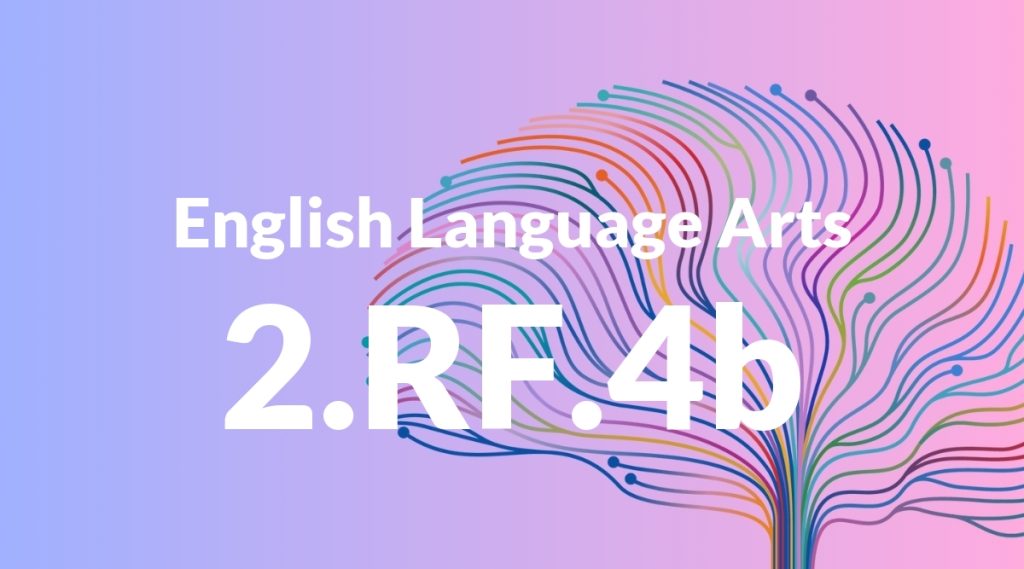Standard: 2.RF.4b – Read grade-level text orally with accuracy, appropriate rate, and expression on successive readings.
Grade level: Grade 2
Subject: English Language Arts
Domain: Reading: Foundational Skills
Teacher Overview
This standard focuses on developing students’ ability to read aloud with accuracy, appropriate speed, and expression. Mastering this skill is crucial as it lays the foundation for reading comprehension and overall literacy development. Students who can read fluently are better able to understand and enjoy the texts they read. Before tackling this standard, students should have a good grasp of basic phonics, including decoding words, recognizing high-frequency words, and understanding punctuation marks.
After mastering this standard, students will be able to read more complex texts with greater fluency and comprehension, enhancing their overall reading and language skills.
Common Misconception 1
A common misconception is that students may prioritize reading quickly over reading accurately. This is incorrect because accuracy is key to understanding the text. Without accuracy, the meaning of the text can be lost, which defeats the purpose of reading.
Intervention 1
To remediate this misconception, teachers can use timed repeated reading exercises. Start by emphasizing accuracy and gradually introduce timing to help students increase their reading speed without sacrificing accuracy.
Common Misconception 2
Another misconception is that students may not see the importance of reading with expression. This is incorrect because expression helps convey the meaning and emotion of the text, making it more engaging and easier to understand.
Intervention 2
Teachers can model expressive reading and use activities like readers’ theater where students practice reading scripts with appropriate expression. This helps them understand the impact of tone, pitch, and volume on the meaning of the text.
Prerequisite Knowledge
Students should be familiar with basic phonics, including decoding words, recognizing high-frequency words, and understanding punctuation marks.
Subsequent Knowledge
Students will develop the ability to read more complex texts with greater fluency and comprehension, ultimately enhancing their overall reading and language skills.
Instructional Activities
- Paired reading with a partner
- Choral reading as a class
- Echo reading, where the teacher reads a sentence and students repeat
- Readers’ theater performances
- Using fluency apps or software for practice




